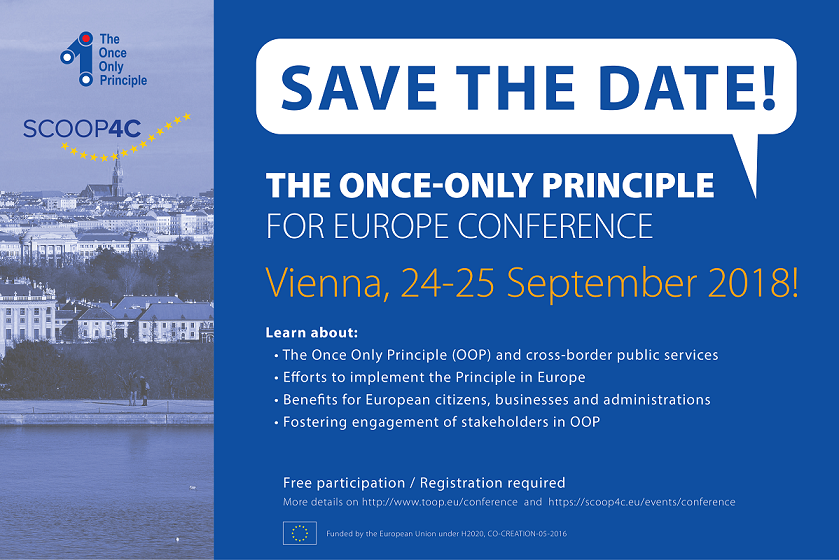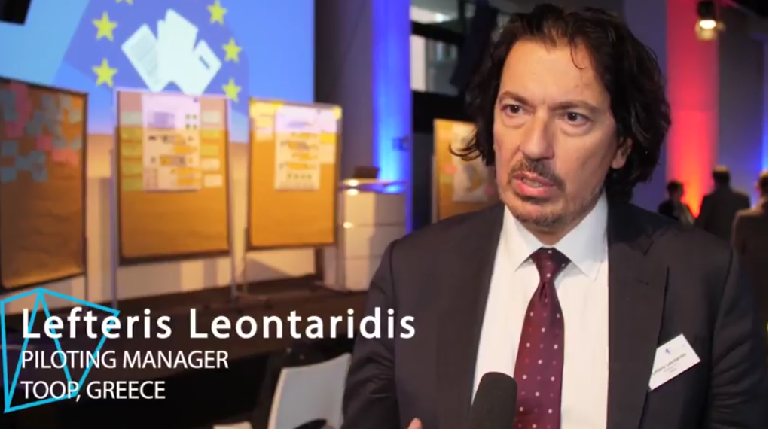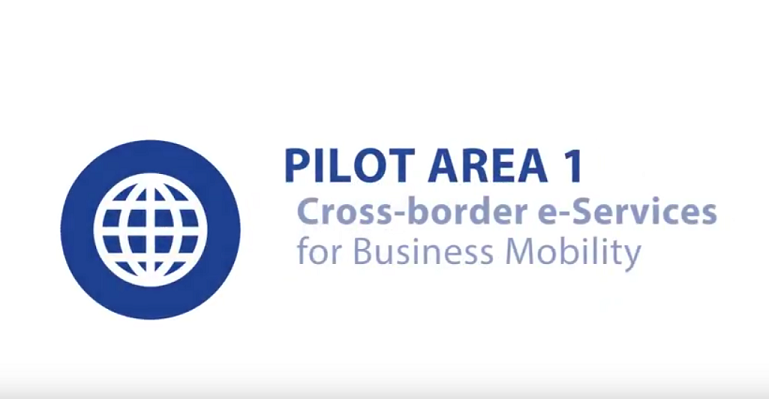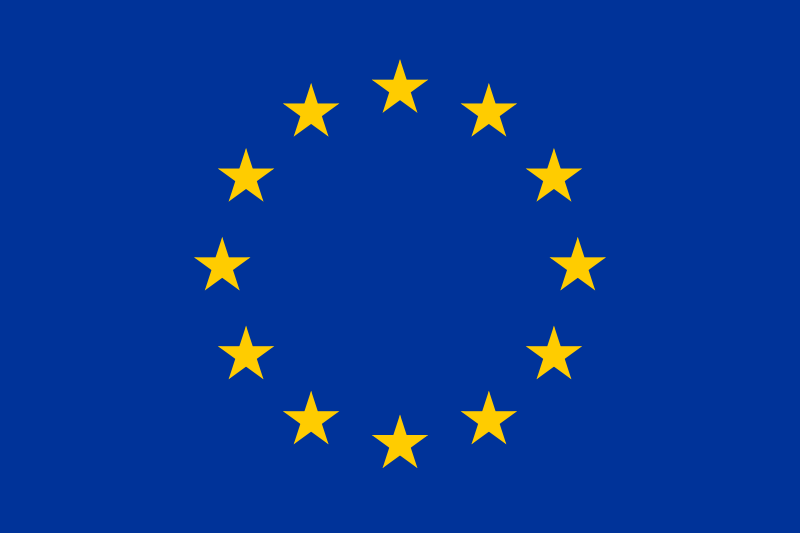 |
|
TOOP newsletter - issue no. 2 |
|
Update from the Project CoordinatorDear Friends of the TOOP project,
The Once-Only Principle project started just over a year ago with the objective to develop and pilot a technical solution for the implementation of the once-only principle on a cross-border scale. The first year of the project coincided with the Estonian presidency in the Council of the European Union, one of the highlights of which was the Tallinn Digital Summit. One of the core objectives of the “digital presidency” was the advancement of the digital single market strategy through a number of means, including the proposed Single Digital Gateway Regulation. The Council adopted its position on the proposed regulation on 30 November 2017, thus enabling the negotiations with the European Parliament. The single digital gateway will integrate different services that exist at national and EU level, helping both businesses and citizens to engage in cross-border activities. This development presented a number of challenges, but also opportunities for TOOP. First and foremost, SDGR, when adopted by the Member States, in combination with the General Data Protection Regulation will provide a clear legal basis for cross border exchange of legal data. It will also provide clear demands for technical capabilities of the technical infrastructure developed and piloted by TOOP. However, given that the focus of services included in the SDGR is somewhat different from pilot scenarios developed in TOOP, it requires a substantial re-focusing of the project. Furthermore, SDGR includes both services for businesses as well as citizens, thus requiring exchange of personal data, which goes beyond the initial plans of TOOP, focusing solely on exchange of business data. To sum up, 2017 set a new strategic direction for the project. Looking forward to 2018, Bulgarian and Austrian Council presidencies will continue the work on advancing the digital single market strategy, in particular focusing on cross-border services for SMEs. In March 2018 the project has been successfully reviewed by an independent panel of reviewers, who provided valuable feedback and supported the direction the project has taken. In contrast to the first year of the project, which was focused on preparatory work necessary to begin piloting activities, in summer of 2018 we will begin work on pilot implementation, which will bring its own practical challenges. We will keep you updated on the developments in the project. We wish you an interesting read, Prof.Dr.Dr. Robert Krimmer – Project Coordinator |
Go to: • Introduction • TOOP news • Get in touch |
Stable version of the TOOP generic architectureTOOP Architecture team has been actively working on an updated version of the generic federated OOP architecture, which develops further and extends the earlier version. The architecture is developed to support interconnection and interoperability of national registries at the EU level, and is being aligned with the existing EU frameworks, such as European Interoperability Reference Architecture and European Interoperability Framework. We have been closely following the development of the Single Digital Gateway Regulation and the latest version of the OOP architecture, that is currently in the works, is aligned with the provisions expressed in the proposed regulation. The OOP architecture developed by the TOOP project will provide support to future developers of OOP projects and is based on the Connecting Europe Facility’s Digital Service Infrastructures, the building blocks consolidated by the e-SENS project, and, when necessary, on new building blocks. Position paper, barriers and drivers, legal landscape for OOPSubstantial effort has been dedicated to the policy, administrative and legal contexts, in which the OOP will eventually be implemented, which resulted in a number of deliverables. First, a deliverable outlining the legal landscape for implementation of OOP in Europe was published in August 2017. This deliverable includes an inventory of the legal landscape and the regulations (both existing and emerging) that will have an impact on TOOP pilot activities across all TOOP pilots. It focuses on the legal drivers and barriers and explains how these barriers will be addressed within the context of TOOP. Second, the deliverable focusing on drivers and barriers for OOP was also published in August 2017. This deliverable presents the TOOP pilot participants’ perception of the key barriers and drivers for the cross-border implementation of the once-only principle. Last, but not least, an updated version of the Position Paper on the Definition of OOP and Situation in Europe was published in December 2017. The deliverable describes the current state of affairs as regards the implementation of the OOP in Europe and explains the project’s approach towards OOP, summarizing the motivation and ambition behind the project. Some examples of national and cross-border OOP applications in the EU are also presented in the deliverable (e.g. Estonia, Germany, Finland, Netherlands and Belgium). |
Go to: • Introduction • TOOP news • Get in touch |
Pilots are being developedThe first year of the project was dedicated to the elicitation of TOOP pilot requirements and to the design of pilot services. Two baseline scenarios were defined:
The pilot design process started with the compilation of use-case descriptions in the form of motivational scenarios, conducted in close collaboration with TOOP piloting organisations from the participant Member States (MS), which are grouped in three pilot areas:
Member States' representatives were closely involved in reviewing and validating the motivational scenarios. As a result, six pilot use cases were identified in the three pilot areas: eProcurement; Licenses and permissions; Company data and mandates; Business register data provision; Business register data interconnection; Online ship and crew certificates. An extended and continuously updated description of the pilot use cases can be found in the TOOP Pilots Wiki. The Single Digital Gateway Regulation proposal and its introduction of the Once-Only Principle in art.12, which foresees a “technical system” through which the EU Member States should be able to exchange data relevant to certain online procedures, had a deep effect on the scope and the direction of pilots, since TOOP needs to develop and test the technical solution that will eventually serve the needs of the Member States that will have to implement the Regulation in their eGovernment infrastructure. Currently a Common Components Task Force is developing the technical specifications and some software components needed to implement the pilots. The first version of the TOOP Implementation Guidelines (fully implementable specifications) were published in early March, whereas the first release of the common software components and an updated version of the technical specifications will be released in the second half of May. The piloting Member States have already started pilot implementation, and the national teams are getting into gear. Some of the project partners will implement the first components and begin testing already by mid-2018, whereas an iterative roll-out of further versions with more functions that cater to more usage scenario variation will take place across all member states participating in TOOP, and more countries will gradually get on board the cross-border piloting environment. |
Go to: • Introduction • TOOP news • Get in touch |
Dissemination activitiesSince the last edition of the newsletter (July 2017), the TOOP team strived not only to develop OOP solutions in terms of IT infrastructure and piloting, but also to showcase the results of contemporary work during various events and in variety of documents. The wide-spread dissemination activities were targeted to showcase the OOP as the enabler for future economy development and benefits for citizens and national administrations. Therefore, TOOP was presented during various international events (21 EU level events in total) and the most important of them were: the European Group for Public Administration (EGPA) conference in Italy, Ministerial eGovernment Conference in Tallinn, e-Justice Conference “Future-Justice” in Tallinn and the Once-Only Conference in Berlin. Especially the last one, Once-Only Conference in Berlin is worth mentioning, as it was the first independent TOOP event, that was organised together with our sister project, SCOOP4C. The conference focused on presenting diverse cross-border OOP use cases from SCOOP4C and TOOP partners. You can read the press release from this event here. In favour of our common interest and goals, we will continue our close collaboration. More recently we’ve also presented the project at the SCOOP4C workshop “Transparent Citizen by Default?”, where the discussion focused on the interaction between the once-only principle and data protection, in particular in light of the General Data Protection Regulation. We have also recently published a Wikipedia article on the once-only principle in collaboration with our partner project SCOOP4C, in order to spread awareness about the once-only principle among the online communities. The article explains the once-only principle to a wider audience in a non-technical language and highlights the importance of the Principle in facilitating simplification of administrative procedures nationally and across borders. The article also showcases both projects focusing on the once-only principle funded by the European Commission, namely TOOP and SCOOP4C. We would like to encourage you to contribute to the article as well as translate it into your language, making it even more accessible. Please take a look at the first animation describing one of the TOOP use cases: You will find all TOOP deliverables here: http://toop.eu/deliverables Stay tuned and follow us on social media (see below) or visit: www.toop.eu.
|
Go to: • Introduction • TOOP news • Get in touch |
Meet TOOP here:• SEMIC 2018, Sofia, Bulgaria, 14th June 2018 |
Go to: • Introduction • TOOP news • Get in touch |
Get in touchFor further information and subscription to this newsletter, click here. The TOOP project is funded by the European Commission’s Horizon 2020 research and innovation programme under grant agreement No 737460.
|
Go to: • Introduction • TOOP news • Get in touch |







